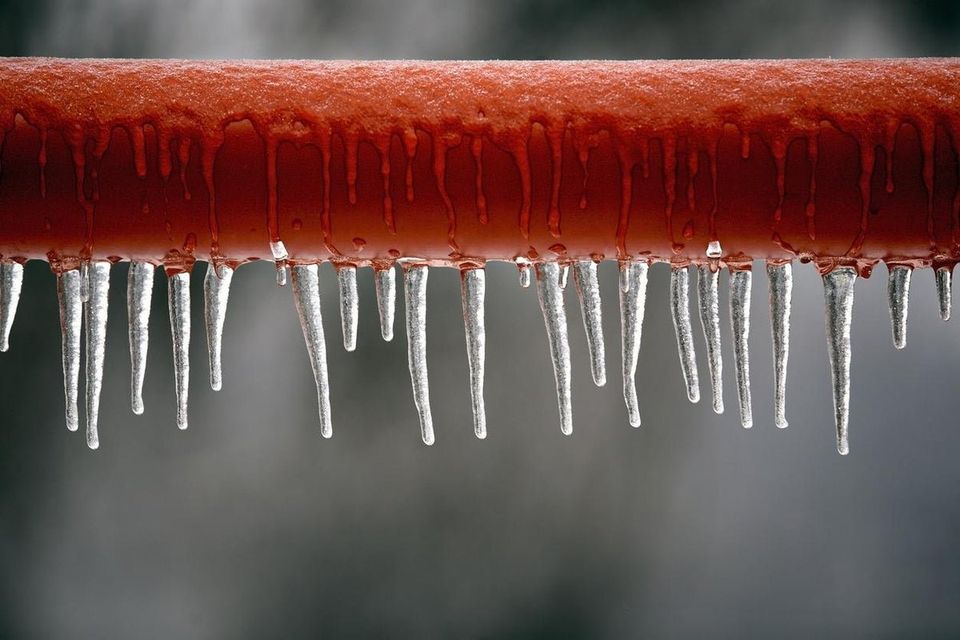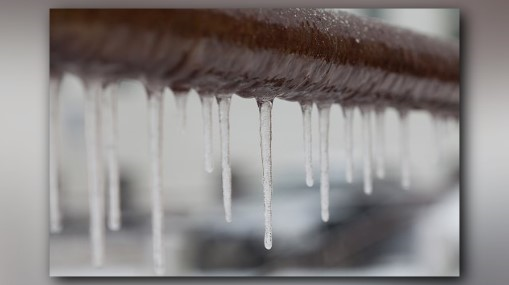Are you currently in search of details around How To Avoid Freezing Pipes?

Cold weather can ruin your plumbing, particularly by freezing pipes. Below's just how to prevent it from happening and what to do if it does.
Intro
As temperatures drop, the danger of icy pipelines boosts, possibly leading to pricey repair work and water damage. Recognizing exactly how to avoid icy pipelines is crucial for home owners in chilly climates.
Recognizing Frozen Pipes
What triggers pipes to freeze?
Pipelines freeze when revealed to temperature levels listed below 32 ° F (0 ° C) for extended periods. As water inside the pipes freezes, it expands, taxing the pipe wall surfaces and potentially creating them to burst.
Risks and problems
Icy pipes can lead to water system disruptions, home damage, and pricey repair services. Ruptured pipes can flood homes and trigger extensive structural damages.
Signs of Frozen Pipeline
Determining icy pipes early can avoid them from bursting.
Exactly how to recognize icy pipes
Seek reduced water circulation from faucets, uncommon odors or noises from pipes, and visible frost on exposed pipelines.
Prevention Tips
Insulating prone pipelines
Cover pipelines in insulation sleeves or utilize warmth tape to safeguard them from freezing temperatures. Focus on pipes in unheated or outside areas of the home.
Heating techniques
Keep indoor rooms properly heated up, especially areas with plumbing. Open cupboard doors to permit cozy air to flow around pipelines under sinks.
Shielding Outside Plumbing
Garden tubes and outside faucets
Separate and drain garden pipes prior to winter season. Mount frost-proof spigots or cover outside faucets with protected caps.
What to Do If Your Pipes Freeze
Immediate actions to take
If you presume icy pipelines, maintain faucets open up to eliminate pressure as the ice melts. Make use of a hairdryer or towels soaked in warm water to thaw pipelines gradually.
Long-Term Solutions
Architectural changes
Consider rerouting pipes far from exterior walls or unheated locations. Include extra insulation to attics, cellars, and crawl spaces.
Updating insulation
Invest in premium insulation for pipes, attic rooms, and wall surfaces. Proper insulation assists keep consistent temperatures and minimizes the threat of frozen pipes.
Final thought
Avoiding icy pipes calls for proactive steps and quick feedbacks. By recognizing the reasons, indications, and preventive measures, homeowners can shield their plumbing throughout cold weather.
6 Proven Ways to Prevent Frozen Pipes and Protect Your Home
Disconnect and Drain Garden Hoses
Before winter arrives, start by disconnecting your garden hoses and draining any remaining water. Close the shut-off valves that supply outdoor hose bibs and leave the outdoor faucet open to allow any residual water to drain. For extra protection, consider using faucet covers throughout the colder months. It’s also important to drain water from any sprinkler supply lines following the manufacturer’s directions.
Insulate Exposed Pipes
Insulating your pipes is an effective way to prevent freezing. Pipe insulation is readily available at home improvement stores and is relatively inexpensive. Pay close attention to pipes in unheated areas such as the attic, basement, crawl spaces, or garage. Apply foam insulation generously to create a buffer against the cold. You can also wrap your pipes in heat tape or thermostat-controlled heat cables for added warmth.
Seal Air Leaks
Inspect your home for any cracks or openings that could let in cold air. Seal any holes around the piping in interior or exterior walls, as well as the sill plates where your home rests on its foundation. Additionally, make sure to keep your garage door closed unless you’re entering or exiting. Leaving it open creates a significant air leak that can lead to frozen pipes.
Allow Warm Air Circulation
During cold snaps, it’s essential to allow warm air to circulate evenly throughout your home. Leave interior doors ajar to promote better airflow. Open kitchen and bathroom cabinets to help distribute heat consistently around the rooms. If you have small children or pets, be sure to remove any household chemicals or potentially harmful cleaners from open cabinets for safety.
Let Faucets Drip
A small trickle of water can make a big difference in preventing ice formation inside your pipes. When temperatures drop significantly, start a drip of water from all faucets served by exposed pipes. This continuous flow helps prevent the water from freezing. Additionally, running a few faucets slightly can relieve pressure inside the pipes, reducing the chances of a rupture if the water inside does freeze.
https://choateshvac.com/6-proven-ways-to-prevent-frozen-pipes-and-protect-your-home/

Hopefully you liked our topic on Winter Plumbing Precautions: Preventing Frozen Pipes. Many thanks for finding the time to read our posting. You should take a moment to promote this article if you enjoyed it. We take joy in reading our article about How to prepare your home plumbing for winter weather.
Call Today
Comments on “Critical Methods for Preventing Frozen Plumbing in Cold Weather”